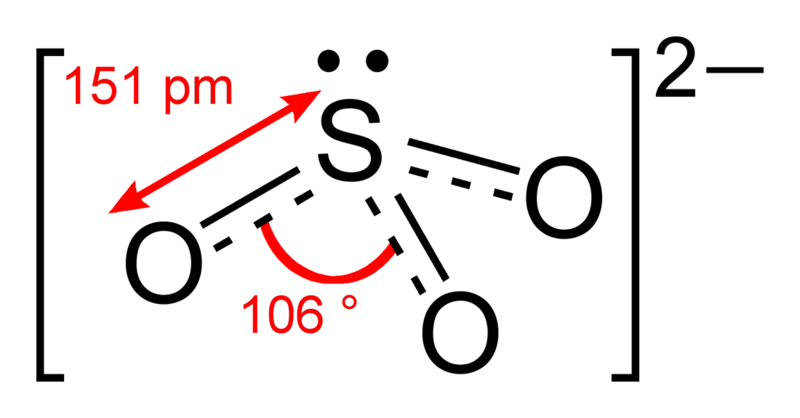Sulfite is used as a preservative, bleach, color retention agent, bulking agent, reducing agent in the food and drug industry, and has excellent food modification effects. However, long-term excessive intake of sulfites can produce a variety of toxicities, such as destruction of vitamin B1, affecting growth and development, susceptible to polyneuritis; causing gastrointestinal dysfunction leading to severe diarrhea, headache, liver damage. In addition, some people maybe allergic to sulfites, especially those with asthma. Experiments have shown that sulfite has certain reproductive toxicity in rats.

Based on the knowledge of sulfite toxicity, the sulfite ADI (Acceptable Daily Intake) proposed by JECFA (Joint FAO/WHO Expert Committee on Food Additives) is 0-0.7 mg/kg * weight (based on SO2 content). The food and drug regulatory authorities of various countries have different regulations on sulfite. The EP(European Pharmacopoeia) stipulates that the SO2 content should not exceed 50ppm, the JP(Japanese Pharmacopoeia) limit is 60ppm, the USP(United States Pharmacopeia) limit is 40ppm, and the CP(Chinese Pharmacopoeia) 2000 edition limit is 200ppm. while the Chinese GB6783-94 standard stipulates, The grade A edible gelatin should not exceed 40ppm, the grade B is 100ppm, the grade C is 150ppm, and the medicinal gelatin light industry standard QB2354-2005 stipulates that the sulfite content should not exceed 50ppm. China's food additives use hygienic standards also stipulate that biscuits, sugar, fans, cans should not exceed 50ppm, and other varieties should not exceed 100ppm. Among them, the EU's restrictions on SO2 content is relatively strict, not only in the EP specified less than 50ppm, the EU in the relevant regulations in 2005 pointed out that products with SO2 content higher than 10ppm are allergen-containing products, need to be marked on the label.


